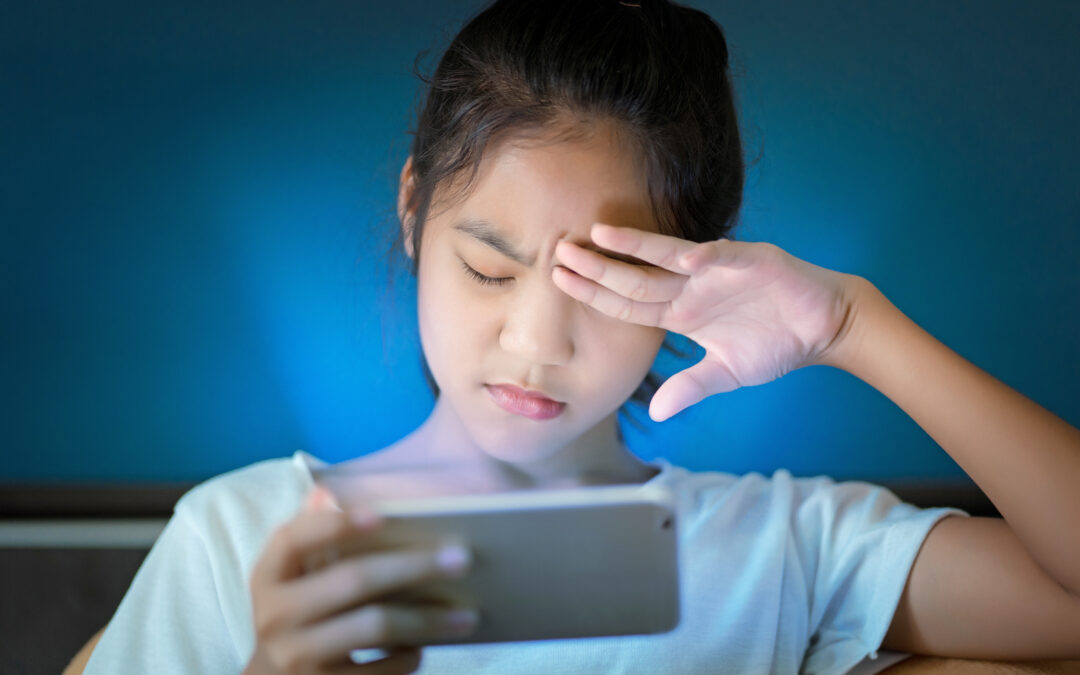Exploring Blue Light Benefits, Devices & Effects on Sleep
Sleep Foundation put it perfectly: Light is composed of electromagnetic radiation, an invisible yet highly prevalent form of energy. Our eyes interpret colors of light based on the amount of energy they contain. Think of a rainbow, for example, they show us the entire spectrum of visible light.
White light, just like the light emitted by the sun, is a combination of all colors on the visible spectrum. Then there’s blue light, one of the shortest yet highest energy wavelengths in the light spectrum. It’s the portion of the visible light spectrum that can affect alertness, hormone production, and even sleep cycles.
Blue Light Effect on Sleep
The human body has an internal clock that regulates its circadian rhythm—the body’s natural wake and sleep cycle, and light plays a significant role in aligning circadian rhythms. With the introduction of artificial light and electronics, people are increasingly exposed to vast amounts of blue light before bedtime, and while all visible light can impact our circadian rhythm, blue light has the most considerable effect.
Daytime does, however, come with some blue light benefits. Because we get most of our exposure from the sun, the blue light stimulates the parts of the brain responsible for making us feel alert and awake and for elevating our body temperature and heart rate. Daytime blue light benefits also include improved attention and performance, and it helps to tune our circadian rhythms so as to set us up for a better night’s sleep following sunset.
Because blue light suppresses the body’s release of melatonin (the drowsy hormone), it becomes largely unhelpful at night when our primary goal is to get to sleep. Exposure to blue light in the evening can trick the brain into thinking it’s still daytime and leave us feeling too alert to feel tired and fall asleep.
Blue Light Devices
If you work in front of a computer or at an office of really any type, you’re likely working under artificial light and it’s guaranteed the screen you’re staring at is emitting tons of blue light. Some common blue light devices include:
- Fluorescent lights
- LED lights
- TVs
- Laptops
- Smart Phones
- Video game consoles
- Tablets/E-readers
Combat Blue Lights Effect On Sleep
Because exposure to blue light in the evening can trick your brain into thinking it’s daytime, this can reduce the quantity and quality of your sleep. Consider the following tips and tricks for best combatting blue light effects on sleep.
- Practice 20/20/20 strategy. When using a device that emits blue light, make it a point to stop every 20 minutes or so to peel your eyes from the screen and focus on objects about 20 feet away, studying them for about 20 seconds before returning to your work.
- Keep eyes moist. Keeping your eyes hydrated with a humidifier or eye drops is an excellent way to keep them from becoming dry or irritated while using blue light devices.
- Use the correct prescription. Avoid squinting your eyes at all costs. Wear a prescription intended for the distance between the screen and your eyes.
- Take advantage of blue-light-blocking lenses. With the increased usage of technology, it’s now common to purchase lenses specifically for protecting your eyes when using blue light devices.
- Adjust blue light on screens. Many devices have the option of “night mode,” which allows you to turn off blue light and sets your screen to warmer tones. This is especially useful for those who surf the web in bed.
- Minimize screen time. Simply minimizing the time you spend in front of the screen each day is the best way to turn off blue light from your life. Read a book, go for a walk, make a delicious meal, and pry your eyes away from the screen for a few more hours than you normally would. Then, see how fast you fall asleep.
- Adjust backgrounds to warmer colors. Consider changing backgrounds on all devices from bright white to warmer colors to help filter out the blue light.


